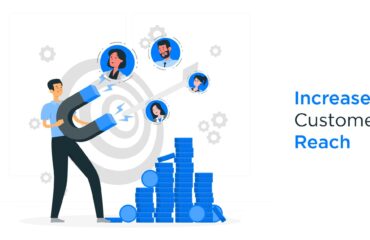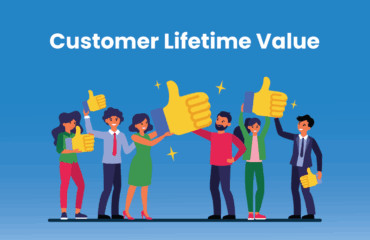
Until the time I joined an organization that was a service provider, my career had mainly been in in companies selling products. Product companies sell tangible goods, which customers can see, touch, and feel. This allows for demonstrations and physical product trials. Service companies sell intangible offerings, such as expertise, solutions, or experiences, making it crucial to focus on conveying value through communication and knowledge transfer.
When we are in a product-based company, we have the following avenues of generating additional revenues.
- Sell more units.
- Increase the per unit price of these units.
- Decrease the cost of making the products that you are selling.
So, in my stint with the said organization I remember being continuously being told about the difference between product and service industries. Some of the avenues for enhancing revenues in service industries are.
- Acquire more customers.
- Increase the value of these customers.
- Hold onto these customers for longer and longer periods of time.
For points 2 and 3 the point that these experience service professionals used to drive into us during our initial interactions was to establish a fantastic service experience right from the time the customer first checks out your product to his first usage and so on and so forth. In service companies, building long-term relationships is often paramount, as ongoing client satisfaction and loyalty contribute to repeat business and referrals. While relationships are also important in product sales, the focus may be more on customer service, post-sales support, and creating brand loyalty through positive experiences with the product.
To be honest we used to struggle to understand and used to ridicule many of the steps that were added which at times delayed the speed of execution. Today looking back, I realize the reason why they persisted in ensuring those few additional steps were taken It was to ensure that the customer had a seamless onboarding experience and also an experience that they would cherish and talk about.
Traditionally when established companies enter a new extension of a category that they were successful in, for example let’s say a successful TV company gets into appliances or even a successful appliances company enters a different segment called Air Conditioners the standard practice that was followed was to establish a separate division or company to handle all the various activities of the new product line. The primary reason that this was done was to ensure focus on the new category as it would otherwise lose focus. Once the product or service was fully established if the products were targeted channels were the same and the new products would also be added to the main team to take care as one of its responsibilities.
In today’s world it’s also a lot to do with the numerous data which is being captured. Not only does data about everyone gets captured it also becomes available to us in different forms and structures. We will also need to find ways to analyse and understand the data that is being thrown out to really understand the actual customer needs. The availability of this new kind of data helps us to produce focused schemes and pricing which are targeted mainly at the following.
- Understanding our target market customers.
If we are targeting specific geographies or trying to promote certain subcategories from our products and services, this helps us arrive at the right pricing and packaging to ensure that our products are attractive to these sets of customers.
- Upselling existing customers
With evolving customer needs there would some additional products or services which they might be needing and their availability would not be known to the customer. Hence these products and services can be promoted to these customers to not only meet the customer needs but also to ensure a higher ARPU to the organizations.
- Making existing customers to use your services.
In today’s market scenario several products come as bundled with services and several services can be freely downloaded from a Play store.
The bigger challenge in such cases is to make the customer use your products and services. Because of various factors most customers tend to stay comfortable with what they are using presently and do not experiment with these new options. One of the biggest challenges in the new market dynamics is then to ensure that customers who already have your product and services use your products and even if they start using them ensuring that they understand the product in totality with the multiple options and features that has been provided by your organization.
- If you are just managing expectations…don’t expect much progress…
Consumer needs in today’s fast changing world change at a rapid pace.
The market offerings also keep changing drastically particularly due to the rapidly evolving technologies. If we stay happy with our present offerings and don’t constantly monitor these drastic changes, we are only managing expectations and will struggle to continue the growth momentum.
As we navigate the evolving sales landscape, we need to stay focussed on the basics that: the customer is at the heart of our endeavours.
In our quest to meet their changing expectations, we must be agile, adaptable, and relentlessly focused on delivering value. By doing so we not only ensure our own success but also contribute to the fulfilment of our customers’ needs and desires. As we continue on this journey let us remember that the only constant is change and we will need to embrace it, evolve with it to stay ahead of the curve.
To continue getting more insights on the evolving sales landscape subscribe to my LinkedIn page, Rejo’s Business Bytes, or my website, rejofrancis.com.



